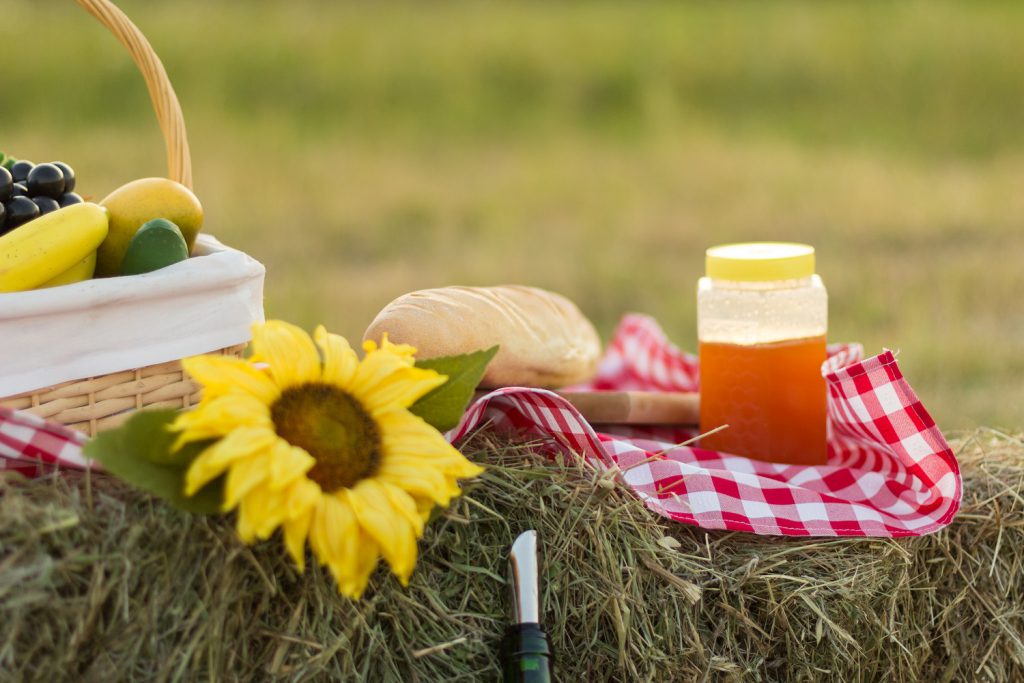
Food authenticity, where it comes from, the traditions behind its manufacture, the goodness it embodies and the collective picture that it paints in the consumers mind (and taste buds) is set to become the biggest factor in consumer choice in the coming years.
As a nation, we seem to have come full circle on food, and certainly in the last few decades. I remember the arrival of our first microwave at home and the first attempts to cook anything in it. The eggs which exploded, the sponge pudding that you could drive six-inch nails with and my first taste of a jacket potato cooked in 10 mins flat (yuck!). I am a product of the 80s and so fast food, packaged meals and unidentifiable ‘meat’ products were all the rage. As two young boys living with a single mum, our food was typically a selection of cheap cuts (chops, belly slices, mince) and frozen reconstituted potato products. Dinner was fast, simple and cheap. If you wanted a special meal – birthdays, anniversaries and the like – it was off to the nearest Berni Inn for a steak meal!
I speak from a personal perspective but my memory and subsequent discussions with friends as we have aged suggests that this was not unfamiliar territory for families across the country. Provenance was not a major issue.
Fast forward through the 90s and we started to get a little more adventurous. Out went the ready meals and in came the exotic – humous! Children now eat this stuff by the tub and it is so common place it even has a ‘value’ sibling in most supermarkets. The 90’s also spawned the rise of the celebrity chef. Yes, we had Delia and Doughnuts like Fanny’s but they were there for the cooking, not the cause celebre. A naked Essex boy, an angry Scottish ex footballer and Gary Rhodes (who frankly touches a plate of food way too much – IMHO) brought home cooking to a whole new level. They made us experiment and buy different foods from different places – like delis and butchers shops…!
Today, menus in top restaurants look like a game of marketing lingo bingo as they seek to fulfil our desire for the best, most traditional and authentic foods. Fish and Chips? Try fillets of North Sea cod, hand folded into Cornish craft cask ale batter, with hand cut, thick and chunky Sussex potato chips triple cooked in Italian extra virgin olive oil and served with mint infused steam cooked, hand shucked Norfolk green peas and a wedge of Sicilian lemon. Sounds better doesn’t it?
So where does this put food manufacturers and artisan producers? Making your product sound attractive and enticing is one part of it – for all we know the two fish and chip variants above could be one and the same – but true provenance is something else. Something that cannot be faked. The Gin market in particular is naughty in this regard. The explosion in gin variants in the last five years might lead you believe that there are hundreds of micro distilleries popping up around the countryside and that the fastest growth sector is grafting juniper bushes. But the reality is quite different. A significant chunk of the new varieties in the category use bulk industrial spirit as the base and many originate from a single distillery in London. Yes, each has its own recipe and is concocted by a master distiller, but the bottles you see on the shelves often seek to tell a very different story about water tumbling down hills and dales and garden grown botanicals.
If you have a genuine story, a centuries old production method or a small supply chain that you have worked with for years and would happily vouch for, tell people – because it matters and they care. But make sure you protect it too. Be careful chasing the holy grail of a supermarket shelf position as in getting there you may compromise your biggest asset – your story. Moving from a quaint old farm to a gleaming white industrial unit just to fulfil demand may betray a major part of your heritage.
If you hand pick your ingredients each year to ensure you get the best final product then so be it. Consumers will happily substitute supply chain loyalty with product perfection.
As the consumer demand increases for greater transparency, authenticity and tradition so it will come to pass that there is closer examination of provenance and claims made by producers. The horse meat scandal was a prime example of how an entire market can unravel dragging seemingly untouchable brands into the mire.
If you get your marketing and positioning correct and have something truly unique to offer, now is the time to make hay, but make sure your message is like a stick of rock – echoing through all you do and say. Consider where you’re stocked – whether its online only, at delis and farm shops or at major multiples – and most importantly carry your ethos through to your pricing model. It all matters. Love your product, keep it true to itself and let your customers enjoy every element of it – only then can you be truly proud.
Ben Cooper – July 2017
